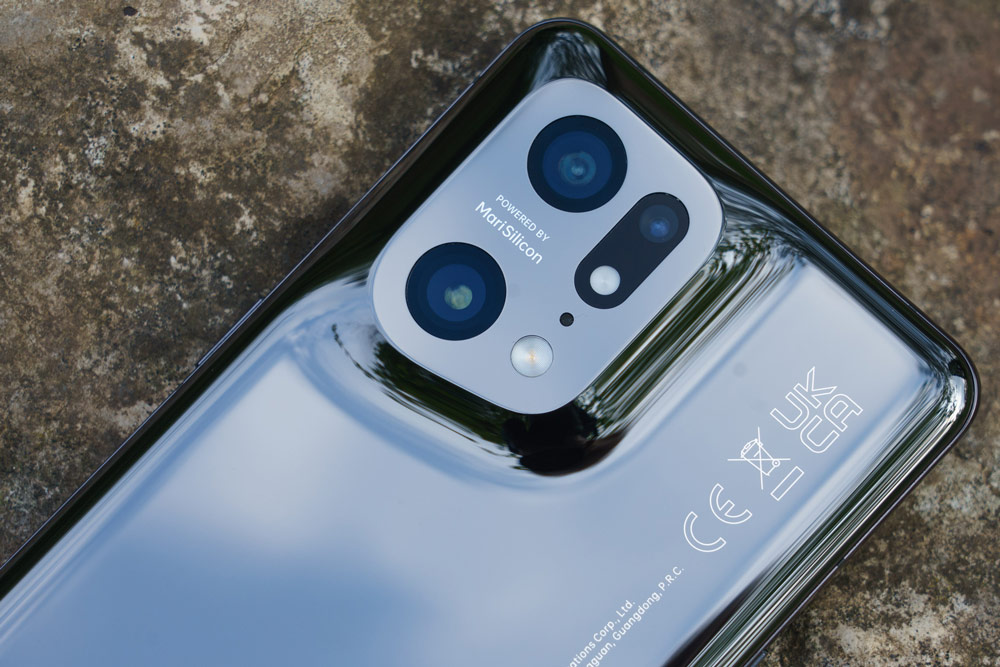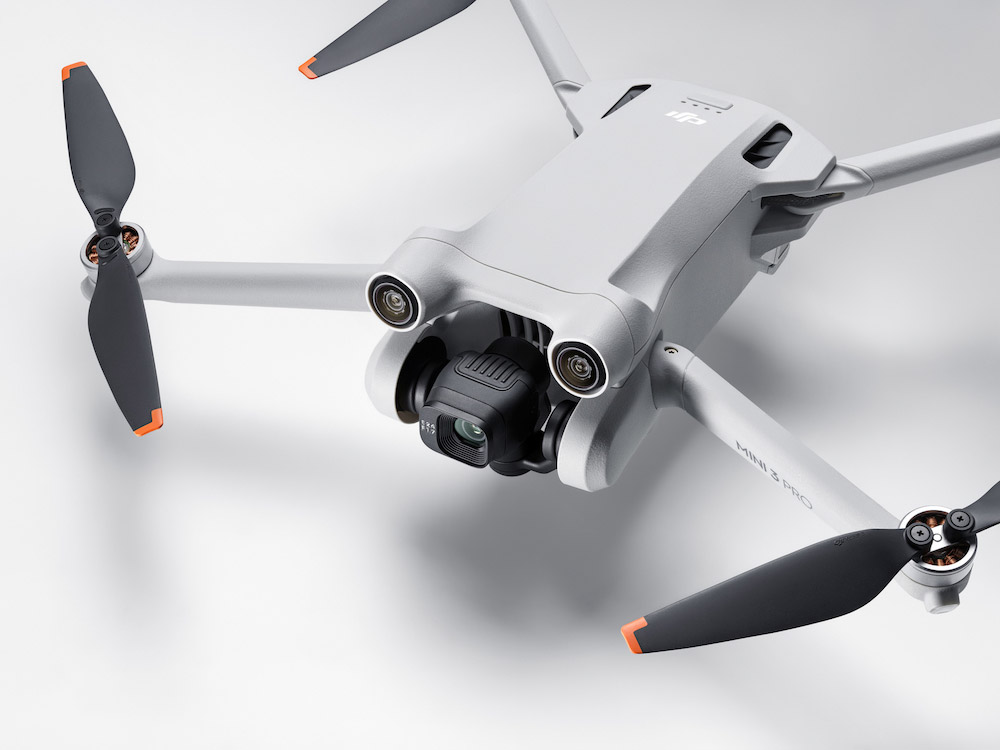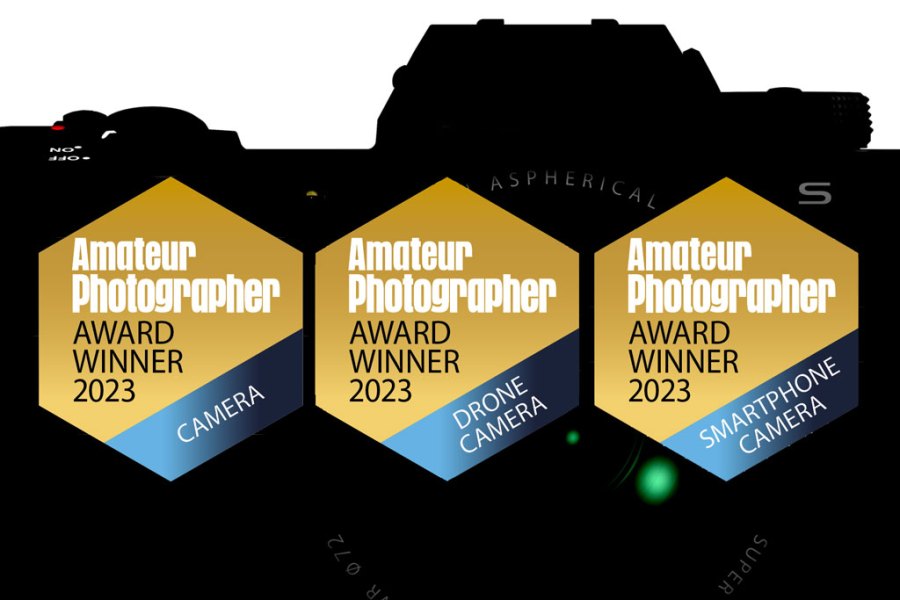It’s that time of year again, as the AP Awards 2023 are announced! As a weekly magazine Amateur Photographer tests more cameras, lenses, software, and accessories than any other UK publication and our tests are widely respected around the world for their independence, quality and depth.
Consequently, the AP Awards, which have been an annual highlight in the photography calendar for over 40 years, are held in higher regard within the global camera industry than any other UK award.
The products selected here are the most technologically advanced ever produced – we’re truly spoiled for choice – but our thorough testing identifies the strengths and weaknesses of each, to help you choose which one is right for you, and which really are the finest in their class.
See our pick of the best camera, smartphone and drone of 2023 below.
Affordable Smartphone Camera of the Year 2023
Google Pixel 7
Google Pixel 7, rear, with camera bump
Google has built up a reputation for making smartphones that provide fine cameras and impressive photographic features while offering excellent value for money. At £600, the Pixel 7 may be resolutely priced as a mid-range offering, but it stands out from its peers by combining an excellent 50MP main camera with a decent 12MP ultra-wide camera. There’s a pretty decent 10.8MP selfie camera, too.
The 6.3in screen offers great-looking colours and a good level of brightness, while Corning Gorilla Glass Victus and an IP68 rating promise robustness, including the ability to survive being submerged in water. The phone comes with Android 13, and you can expect at least five years of security updates.
While some photographers will be disappointed by the lack of a manual ‘Pro’ mode, Google is one of the industry leaders for computational photography features that mimic the capabilities of ‘proper’ cameras. Here, that includes Night/Astrophotography, Motion (long exposure/panning) and Portrait modes.
Video features include Cinematic mode, with computational background blur. It’s all very easy to use and gives excellent results with the minimum of fuss, from both the main and ultra-wide cameras.
Why we like it:
- Excellent value
- Great performance from both cameras
- Impressive computational modes
- Good selfie camera
Read our Google Pixel 7 review.
Smartphone Camera of the Year 2023
OPPO Find X5 Pro

OPPO Find X5 Pro Camera Phone
OPPO’s Find X5 Pro is a fine Android flagship that looks fabulous, performs well, and takes great pictures and video. It represents the first fruits of the firm’s partnership with legendary Swedish camera maker Hasselblad, with a triple-camera setup co-developed by the two companies.
The 26mm equivalent, f/1.7 optically-stabilised main camera is joined by a 15mm equivalent f/2.2 ultra-wide and a 46mm equivalent f/2.4 lenses. OPPO’s MariSilicon X neural processing unit promises improved photo and video quality, especially in low light.
A smooth, beautifully sculpted housing on the device’s top left corner accommodates the camera system, giving a real impression of premium design. Almost the entire front is covered by the bright, detailed, and colourful 6.7in AMOLED screen. Corning Gorilla Glass Victus provides resistance against drops and scratches, backed up by IP68 dust and water resistance.
The camera app provides a comprehensive set of options, including Night, Portrait, Panorama, Long Exposure and Pro modes. Unusually, the ultra-wide camera is every bit as good as the main one, with both recording plenty of detail, while the telephoto camera also gives decent images in bright conditions. We were impressed by the video quality too, particularly in low light.
Why we like it
- Well balanced three-camera system
- Strong feature set
- Fine image quality
- Good low light video
Read our OPPO Find X5 Pro review.
Drone Camera of the Year 2023
DJI Mini 3 Pro

DJI Mini 3 Pro
While drones bring huge new creative opportunities for photographers and videographers, many are put off by the regulations surrounding their (legal) use, and uncertainty over how these might look in future. The big attraction of the DJI Mini 3 Pro is that it sidesteps all this, with its light weight meaning that you only need to get a Flyer ID and Operator ID from the CAA to fly it in the UK. Then you can use it practically anywhere, aside from restricted zones such as airports.
The camera combines a 24mm equivalent f/1.7 lens with a 48MP 2/3in-type Quad Bayer sensor, which brings a significant step up in image quality over its predecessor. It can output 48MP or 12MP stills, or 4K video up to 60fps, all with very creditable quality. DJI’s Mastershots, FocusTrack and QuickShots options make it easy to capture dynamic footage and keep the subject sharp, and the camera supports vertical recording for social media.
A folding design makes the drone easy to carry, while flight times are as long as 34 minutes. Forward, downward, and backward-facing sensors help you avoid obstacles while flying. This fantastic combination of features makes the DJI Mini 3 Pro an excellent choice for photographers looking for their first drone.
Why we like it
- Sub-250g weight
- Easy to fly
- Excellent 4K video
- Choice of 12 or 48MP stills
Read our DJI Mini 3 Pro review.
Consumer Camera of the Year 2023
OM System OM-5

OM System OM-5 with 12-45mm F4 PRO (the designated ‘kit’ lens) and 40-150mm F4 PRO lens. Image credit: Nigel Atherton
The second new camera from OM Digital Solutions – the company formed after Olympus sold its imaging division – is a replacement for the OM-D E-M5 Mark III from 2019. Superficially it looks very similar, offering enthusiast-focused features and handling in a compact body. However, it includes several updates that make it an even more appealing camera.
Weather-sealing has been improved to meet the IP53 standard, meaning it’s protected against dust and rain. This is supported by a good range of similarly sealed Pro-series lenses, including the compact yet top quality 12-45mm F4 standard zoom. The in-body image stabilisation is now rated for an impressive 6.5 stops of shake suppression.
Thanks to its TruePix IX processor inherited from the E-M1 Mark III, the OM-5 gains several of that camera’s clever features. LiveND provides a virtual neutral density filter effect for shooting with longer shutter speeds, while Starry Sky AF Sky uniquely enables autofocus for astrophotography. A hand-held high-res multi-shot mode gives 50MP images, and there’s an 80MP tripod mode, too.
Most importantly, the OM-5 produces high quality images with beautiful colour straight out of the camera. It’s an ideal choice for those who want to travel light and not worry about the weather.
Why we like it
- IP53 weather-sealed
- Superb image stabilisation
- Exceptionally pleasing JPEG output
- Excellent lens range
Read our OM SYSTEM OM-5 review.
Enthusiast Camera of the Year 2023
Canon EOS R7

Canon EOS R7 with 18-150mm lens in hand, Lifestyle, JW
Aimed squarely at enthusiast photographers, this is one of the most ambitious APS-C mirrorless cameras yet made. It combines a 32.5MP sensor, ISO 100-51,200 sensitivity range, continuous shooting at up to 30 frames per second, in-body image stabilisation, and 4K 60p video recording.
As one of Canon’s first two APS-C RF-mount mirrorless cameras, it’s a real statement of intent, out-specifying all of the firm’s APS-C DSLRs, plus its older EOS M-series mirrorless models.
Impressively, the camera also gains Canon’s subject-detection autofocus system from the flagship EOS R3. This is cable of recognising humans (eyes, faces, heads, and bodies), animals, and motor vehicles, and then tracking focus on them as they move around the frame. It works really well.
Canon has squeezed this rich feature set into a body that’s smaller and lighter than any comparable DSLR, yet still boasts a large, comfortable handgrip and a good array of external controls. It includes a good-sized electronic viewfinder and a fully articulated screen, with a touch interface that perfectly complements the physical controls.
The body is weathersealed, although sadly, the matched RF-S kit zooms are not. Overall, though, with high-speed shooting, advanced AF tracking, and good battery life, the Canon EOS R7 is a great all-rounder.
Why we like it
- High resolution sensor
- Rapid and reliable AF tracking
- Compact design
- In-body image stabilisation
Read our Canon EOS R7 review.
Premium Camera of the Year 2023
Fujifilm X-T5

In use, the Fujifilm X-T5’s viewfinder is large, bright and clear. Image credit: Andy Westlake
Fujifilm’s X-T series cameras have long been favourites of enthusiast photographers, thanks to their winning combination of charismatic retro styling, excellent image quality, and engaging analogue controls.
This latest model offers the joint-highest resolution of any APS-C camera, with the same 40MP sensor as its stablemate the X-H2, but in a design that’s primarily focused on the needs of stills photographers. Other upgrades over its predecessor include 6K video recording and the addition of subject detection autofocus, which can recognise animals, birds, cars, motorcycles, airplanes and trains.
Key photographic specs include a standard sensitivity range of ISO 100-12,800, up to 15 frames per second shooting in full resolution, and 5-axis in-body image stabilisation that promises 7 stops of shake reduction. You also get a large, bright 3.69m-dot electronic viewfinder and an excellent rear screen that tilts in three directions for shooting at awkward angles.
One of the biggest attractions of Fujifilm cameras is their colour processing, and the X-T5 includes 19 Film Simulation modes for a range of different looks. It delivers consistently attractive images, with near faultless metering and white balance. Ultimately, nothing else can quite match the all-round package that the Fujifilm X-T5 offers enthusiast photographers at the price.
Why we like it
- Ideal for small subjects
- Large range of accessories
- Always-on LED lighting
- Long-lasting battery
Read our Fujifilm X-T5 review.
Hybrid Camera of the Year
Fujifilm X-H2S

Fujifilm X-H2S. Photo credit: Andy Westlake
Fujifilm’s pro-spec APS-C flagship is designed to be able to shoot almost anything. As denoted by the ‘H’ in its name, it’s a true hybrid camera, being equally at home shooting both stills and video. It’s based around a 26.2MP stacked CMOS sensor, which enables super-fast shooting and sophisticated autofocus.
Let’s consider its abilities in more detail. Continuous shooting is available at a seriously impressive 40 frames per second in full resolution raw, using the silent electronic shutter. Subject detection autofocus does a good job of recognising and tracking fast, erratically moving subjects.
Video recording is available in 6.2K at 30fps, 4K at 120fps, or Full HD at 240fps, all with 4:2:2 10-bit colour. Advanced video features include internal ProRes recording and 14-bit Flog2 for extended dynamic range, while an optional, removeable fan facilitates extended continuous recording times up to 4 hours.
All this capability comes in a compact, robust weather-sealed body with highly customisable controls and operation. It has a large, 5.76m-dot viewfinder, a fully articulated touchscreen, and in-body image stabilisation. Let’s not forget, of course, that lovely Fujifilm colour science. All told, the X-H2S is a sensational camera that offers remarkable performance in a smaller and more affordable package than its full-frame competitors.
Why we like it
- Super-fast shooting
- Effective subject detection AF
- Excellent image quality
- High-spec video
Read our Fujifilm X-H2S review.
Video Camera of the Year
Panasonic Lumix GH6

Panasonic Leica DG Summilux 9mm f/1.7 ASPH on GH6, Amy Davies
Panasonic’s GH line has always been all about exploiting the possibilities of Micro Four Thirds to provide high-end video features in a relatively compact, affordable form factor. Based around a brand-new 25MP sensor – the highest resolution yet offered in this format – the GH6 goes out of its way to offer serious videographers almost every feature they might need.
It’s capable of shooting anything from 5.7K at 60fps through to Full HD at 300fps, and can also record in Apple ProRes format, in camera, at 5.7K and 30 fps.
There’s a full-size HDMI port, headphone and microphone sockets, and the flash sync doubles up as a timecode in/out. An integrated fan helps enable recording times limited only by your power supply and storage space, with slots for both CFexpress Type B and UHS-II SD cards onboard. Panasonic’s superb in-body stabilisation delivers smooth hand-held footage with no need for a gimbal in many situations.
Stills shooters aren’t overlooked, though, with the 25MP sensor also delivering fine image quality. For those who need higher resolution, there’s a hand-held multi-shot mode that gives 50MP or 100MP files. If you want a hybrid camera with serious pro-spec cine camera capabilities and functionality, the Lumix GH6 is really tough to beat.
Why we like it
- Highest resolution MFT sensor
- Pro-spec video functionality
- Superb in-body stabilisation
- Rugged construction
Read our Panasonic Lumix GH6 review.
Make sure you have a look at the other AP Award winners!
Tell us what you think on social media, using the hashtag #APAwards2023
See last year’s winners here: AP Awards 2022: The best cameras, smartphone and drone of 2022








